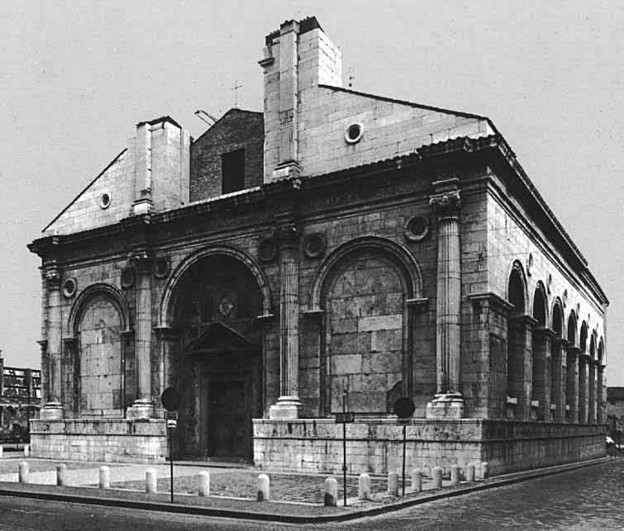
The realization of poetry

Our series on the self-abolition of poets has, perhaps, long passed its expiration date. In the interest of finding our way to another line of inquiry, we’d like to turn to the obverse of the phenomenon we’ve been describing. While we will certainly hold fast to the argument that much of the most interesting poetry of the last century has been animated by a desire to destroy poetry, to eradicate it, disfigure it, render it inoperable – this is almost a definition of the avant-garde – negationist impulses of this sort have always existed in tension with an opposed and sometimes complementary drive to realize poetry, to generalize and universalize it. The impulses are sometimes hard to distinguish from each other. Think, for instance, of Frank O’Hara, in his mock-manifesto, “Personism,” proposing a poetry as intimate and ephemeral as a telephone call between lovers, in which “the poem is at last between two persons instead of two pages.” O’Hara continues, however, by suggesting that this democratized poetry – poetry become, like water, electricity or phone service, a kind of utility – “may be the death of literature as we know it.” It’s not hard to see why. A realized poetry may, in some cases, mean the abolition of poetry as we know it.
Some readers will recognize that, in using the terms realization and abolition, we are essentially borrowing from language frequently used to describe the revolutionary mission of the proletariat, characterized alternately as the realization, self-abolition or the realization and self-abolition of that class. “When the proletariat is victorious,” write Marx and Engels in an early text, “it by no means becomes the absolute side of society, for it is victorious only by abolishing itself and its opposite. Then the proletariat disappears as well as the opposite which determines it, private property.” Here, realization and abolition are identical and coterminous. This conception lingers throughout Marx’s subsequent writing but, in later texts, often gives way to the much more popular notion of the dictatorship of the proletariat, where the realization of the proletariat is seen as a transitional stage on the way to its self-abolition and the creation of a classless society. There are other variants, too. In the 19th century, one frequently heard talk of the “emancipation of labor,” a term which might mean something like dictatorship of the proletariat, or alternately, refer to the autonomy and empowerment of labor as a force within capitalism, a partner at the table, a loyal (because empowered) opposition to the rule of capital. In all these versions, where realization of the proletariat is the goal what one risks (and what in fact resulted in many cases) is a worker’s society in which the domination of workers by capital is not overcome so much as transmuted, generalized, and submitted to a new form of management. Important arguments about the fate of the revolutionary experiments of the 20th century follow from this line of thought.
We might think of these twinned and sometimes indistinguishable drives as characteristic, also, of the art and poetry in the 20th century. While the referents of the terms “modernism” and “avant-garde” are often difficult to distinguish clearly, one approach might be to say that while the so-called historical avant-garde exemplifies the abolitionist strain, modernism is its realizationist complement. Modernism, in this sense, is a set of cultural products that offer a vision of modern society fundamentally improved and transformed by its submission to a modernizing set of aesthetic values and techniques. Just as the workers’ movement often argued that the existing machinery of modern society would be managed much more productively by the workers themselves – who knew how things worked, and knew, of course, what people’s needs were – so too did modernists imagine an improvement of the world if poets were made its acknowledged legislators. This is the explicit provocation of Pound’s early Cantos on warlord-poet and patron of the arts, Sigismondo Malatesta, who used the latitude afforded by his alliances with more powerful nobles to give the artists under his patronage (Piero Della Francesca, Leon Battista Alberti ) free rein to explore and exemplify the humanist values of the Rennaissance. (The raw materials of the Tempio Malatestiana, whose transport and procurement Pound describes in Canto IX, become an emblem for the found and elaborated materials of Pound’s poetic construction, and an index for its world-making ambition). We might make a similar argument – if we had space for it –about other major figures of Anglo-American modernism (Stein, Williams, Stevens) all of whom, in their way, conceive of the literary work as a kind of program for renewal, though often in a manner less literal and less totalizing than Pound.
Do poets today imagine such projects for themselves? And if the answer is no, as we think it is, why not? We hope to think about these questions in subsequent posts.